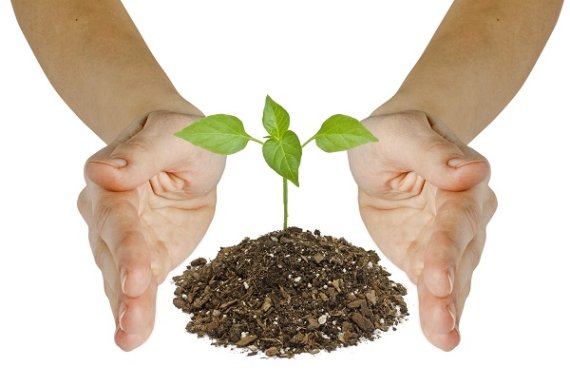‘It is good to see the use of artificial fertilizer dropping further in Europe. In north-western Europe, sales figures are dropping. Many soils here are saturated with phosphate. The same goes for China, where the use of artificial fertilizer needs to go down to save the environment and resources.’
So why is the rise in the use of artificial fertilizer good news as well?
‘I find the rise in Africa hopeful, especially. My colleague Joost Wolf has shown me figures from Ethiopia, where the use of nitrogen has doubled in recent years, and the use of phosphate has tripled. That means higher agricultural yields. Many African soils need more nutrients in order to boost food production. In many African countries the farmers use between 0 and 20 kilos of nitrogen per hectare. That is too little to be able to farm well.’
Is artificial fertilizer necessary to improve soil fertility?
‘To improve soil fertility you need a combination of artificial fertilizer, crop waste and organic compost. Organic compost alone does not put enough nutrients into the soil. But there is no point in a higher application of artificial fertilizer if a soil contains too little organic matter or is too acid.’
Ethiopia subsidizes the use of artificial fertilizer. Is that necessary?
‘Subsidies can help. You have to realize that at the start of the season, when they need fertilizer, many African farmers have no money. A subsidy can mean that they can still use artificial fertilizer.’

